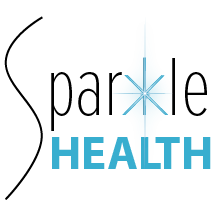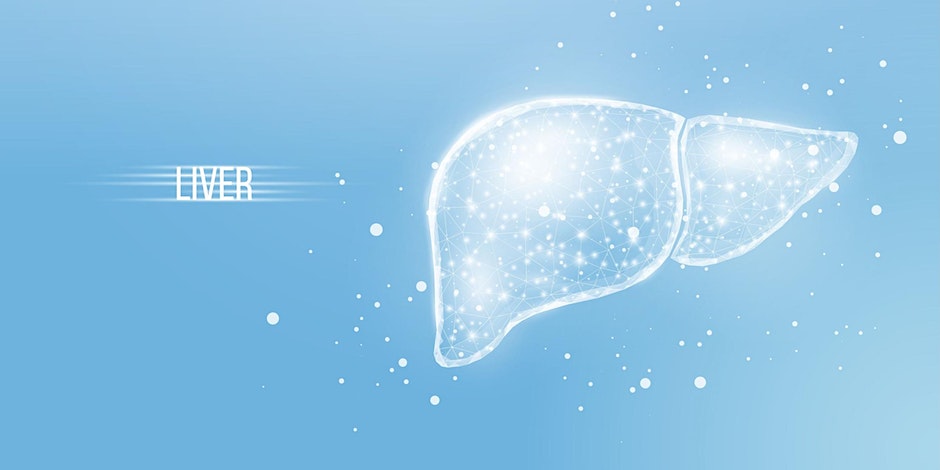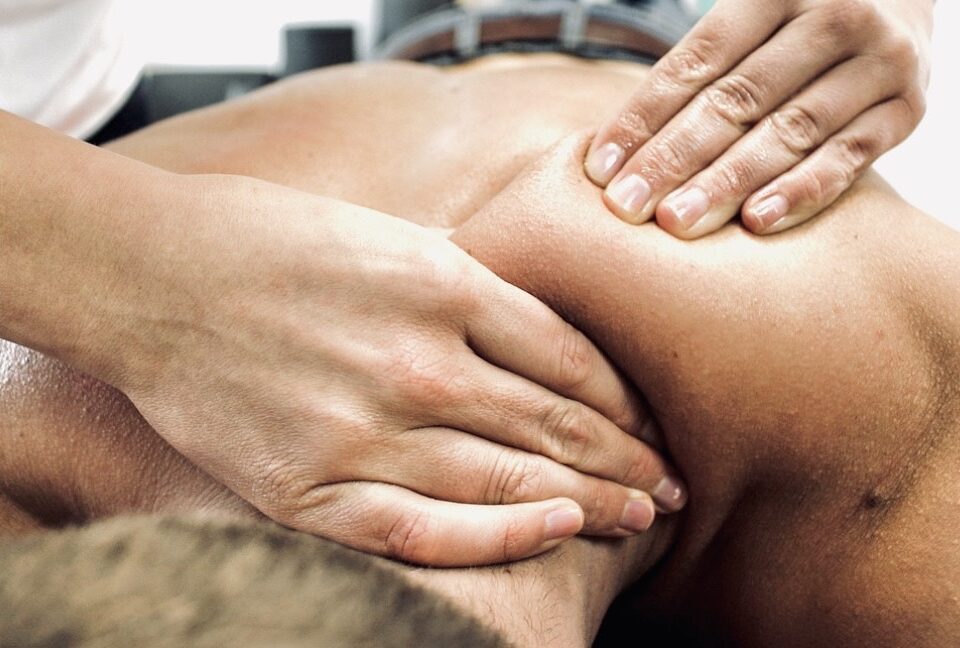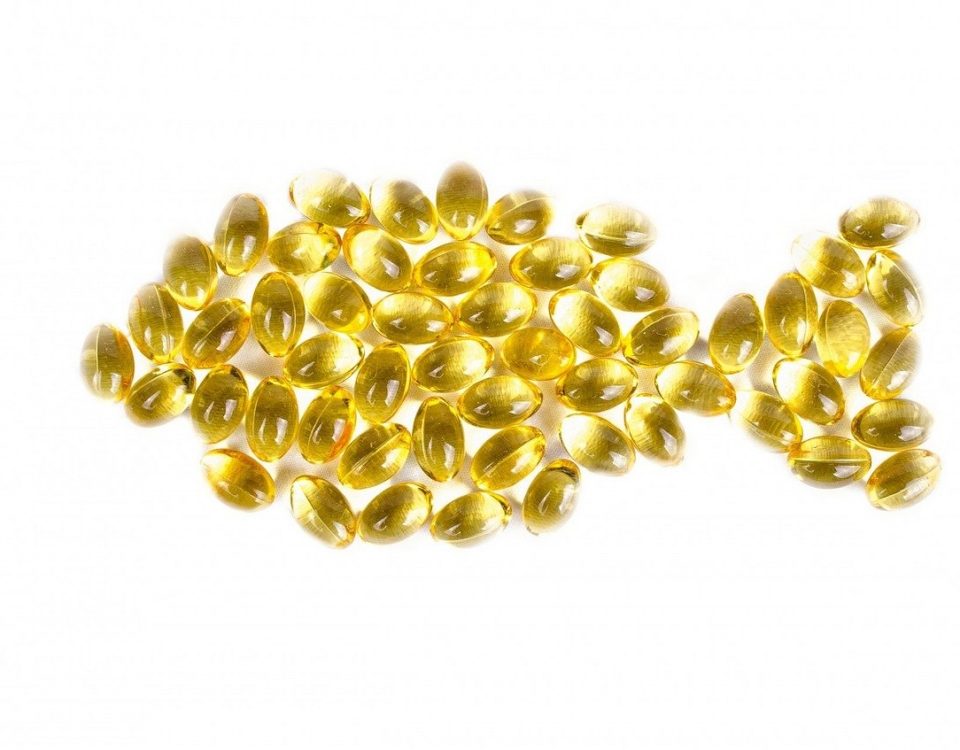Love your Liver
Has your liver been working overtime? The liver is the main workhorse for breaking down some of my favorite indulgent toxins- alcohol and sugar / fructose. This is called biotransformation and your liver is the star. Doesn’t your liver deserve some LOVE?
The goal of an osteopathic treatment with attention to the liver is to assist in the proper circulation and drainage of fluids. This is the goal of all osteopathic treatments – to facilitate balance of the body’s tissues and fluids to restore and optimize function.
Your liver is comprised of thousands of little lobules which all drain into small ducts and then empty into the large common bile duct. One of the liver’s jobs is to control levels of chemicals in our blood stream. It is taking what is coming in through the gut – absorbing and processing what is needed and kicking out what is toxic and not needed into bile. Bile is then eliminated by the digestive system into – you guessed it- our poop. The liver is absolutely essential in our body’s ability to biotransform and detoxify.
When muscles or joints in your body are inflamed – how do they feel? They feel tight and do not move as well and sometimes can even be swollen. When your liver is inflamed it may not “feel” tight or swollen but it does not move as well and is less fluid and ultimately less efficient. The liver is suspended by fascia which is a web of connective tissue – this connective tissue is attached to the diaphragm above and snuggled up against the gallbladder, stomach and intestines below. As we just learned- the goal of an osteopathic treatment is to assist in proper circulation and drainage of fluids. When the liver is inflamed and sluggish it will not do its job of processing and eliminating as efficiently.
In an osteopathic treatment sometimes when we suspect or feel tightness over the liver and diaphragm. Our job and the goal of the osteopath is to assist in proper circulation and drainage of the bile. This may mean attention to different areas of the body holding tension but ultimately that is the goal.
How do you know if your liver needs love?
● You have been told you have “fatty liver”
● You have been consuming more than 2 alcoholic beverages per week
● You have been told you have gallstones
● Digestion of fats have been problematic
● You are more sensitive to substances such as caffeine and alcohol
● You intuitively feel the need to “detoxify”
If you feel like your liver needs some love it is good to see your Osteopathic Doctor or D.O. for a treatment. Even better, combine this with nutritional love for your liver too.
How can you support your liver nutritionally?
Give it a break from the barrage of chemicals we put into our body through our digestive system and our skin and the air we breathe. Limit the amount of alcohol and low nutritive carbohydrates and sugars. Consider a metabolic detoxification program to support the health of your liver.
Beware of added sugars
When we eat, our liver will take sugars from our food and make fat- this is not necessarily bad- in fact our body needs some fat. However when the dose of sugars is high, some of these sugars will be stored around the abdominal organs. This is called visceral fat. This is different from the fat that is on our arm or even our superficial abdomen. Visceral fat is inflammatory and once it starts accumulating it takes on a life of its own and the inflammation self perpetuates. Cutting back on refined carbohydrates and refined sugar even for a short period of time will help your liver catch some long needed rest. Challenge yourself for a period of time to eat only foods that do not have labels- whole foods to show your liver some love.
Fiber, fiber and oh yes….fiber
Diets high in fiber support a healthy liver. People who consume higher fiber diets have lower risk of fatty liver disease. This likely has to do with the health of the microbiome and the fact that high fiber foods tend to be whole low processed foods such as fruits and vegetables. In addition fiber slows digestion of sugars coming in through the gut allowing the liver time to do its work. This is why fructose (or natural sugars) in fruit is very different from fructose which partially makes up white sugar (also known as sucrose).
All fats are not the same to your liver
We need fats in our diet. Fats are used by our body for our cell membranes and used to make essential hormones. However the quality of these fats matter. The amount of saturated fats that come into the body from the diet also can have a negative impact on the liver when in excess. Too much saturated fat has been shown to contribute to fatty liver in some studies. Poly and monounsaturated fats have not been shown to have the same results. If you are wondering – What is saturated fat?- just visualize what fats are solid at room temperature – such as butter or animal fat. The liver is the key producer of something called ceramides. Ceramides are important as they will ultimately be used to form our cell membranes but in high amounts they are thought to have an impact in chemical signaling in our body. Higher than normal levels of these ceramides are associated with higher risk of cardiovascular disease and diabetes- well before these conditions are diagnosed. High levels of ceramides produced in the liver contribute to the death of liver cells – this is why liver enzymes can be elevated on lab tests when the liver is inflamed. Try reducing the amount of saturated fats for a period of time if this is something that is highly prevalent in your diet to allow for your liver to rest.
Give your liver the gift of polyphenols
Polywhat?? Polyphenols can be found in the grocery store. Polyphenols are phytochemicals that mostly come from plants – fruits, vegetables and herbs. Resveratrol is probably one of the most famous in this class but there are over 1000 known polyphenols. Foods rich in these include berries, grapes, olive oil, turmeric, cocoa and pomegranate just to name a few. Trying to boost these foods in your diet can be beneficial to the liver. With just a little bit of planning incorporating some of these liver superfoods can be an easy way to thank your liver for all it does for you on a daily basis!
References:
1. Internal Organs (THIEME Atlas of Anatomy)
2. Liu Z. Association between ultra-processed foods consumption and risk of non-alcoholic fatty liver disease: a population-based analysis of NHANES 2011-2018. Br J Nutr. 2023 Sep 28;130(6):996-1004. doi: 10.1017/S0007114522003956. Epub 2022 Dec 16. PMID: 36522692.
3. Lee D. Important Food Sources of Fructose-Containing Sugars and Non-Alcoholic Fatty Liver Disease: A Systematic Review and Meta-Analysis of Controlled Trials. Nutrients. 2022 Jul 12;14(14):2846. doi: 10.3390/nu14142846. PMID: 35889803; PMCID: PMC9325155.
4. Jensen T. Fructose and sugar: A major mediator of non-alcoholic fatty liver disease. J Hepatol. 2018 May;68(5):1063-1075. doi: 10.1016/j.jhep.2018.01.019. Epub 2018 Feb 2. PMID: 29408694; PMCID: PMC5893377.
5. Zhu Y. Dietary fiber intake and non-alcoholic fatty liver disease: The mediating role of obesity. Front Public Health. 2023 Jan 6;10:1038435. doi: 10.3389/fpubh.2022.1038435. PMID: 36684870; PMCID: PMC9853063.
6. Rosqvist F. Overeating Saturated Fat Promotes Fatty Liver and Ceramides Compared With Polyunsaturated Fat: A Randomized Trial. J Clin Endocrinol Metab. 2019 Dec 1;104(12):6207-6219. doi: 10.1210/jc.2019-00160. PMID: 31369090; PMCID: PMC6839433.
7. Simón J. Nutraceutical Properties of Polyphenols against Liver Diseases. Nutrients. 2020 Nov 15;12(11):3517. doi: 10.3390/nu12113517. PMID: 33203174; PMCID: PMC7697723.





